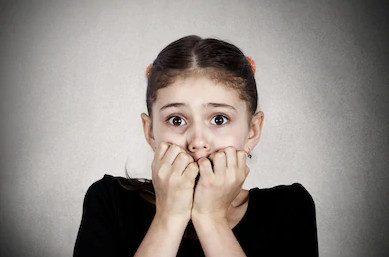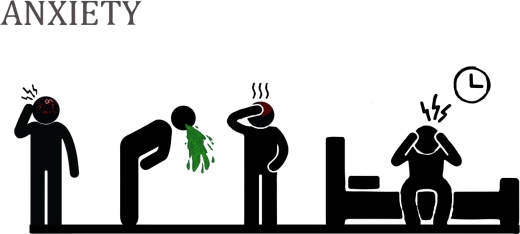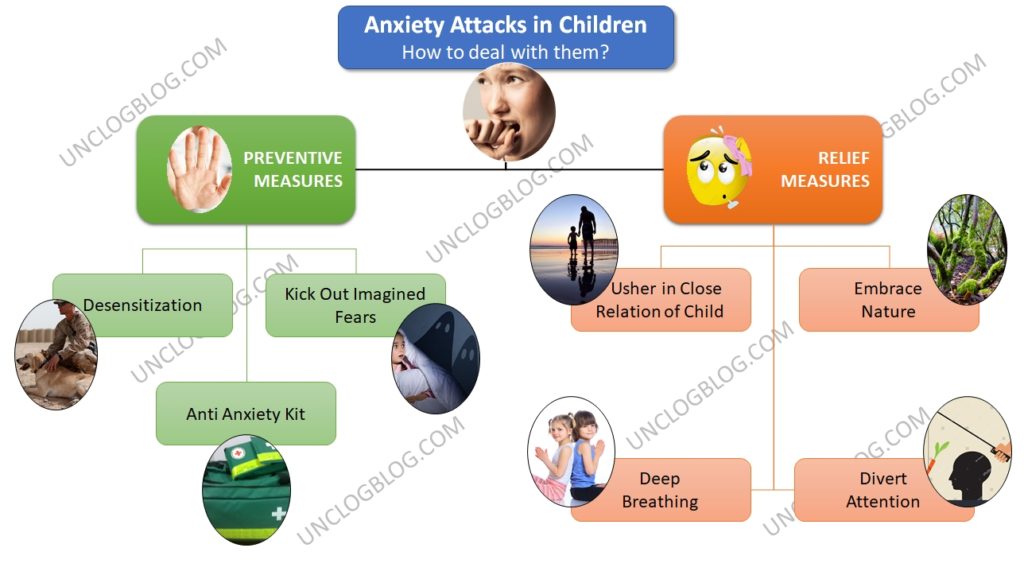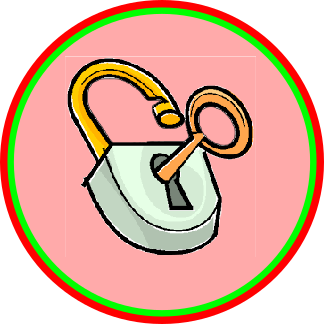Anxiety attacks in children are a cause for concern among parents and teachers. Kids develop anxiety disorders that can well accompany them into adulthood. Anxious kids are wired to worry a lot more than what can be called normal.

Generalized Anxiety Disorder (GAD) is one of the two most common anxiety disorders among children as identified by research. Children suffering from anxiety attacks or anxiety disorders form 0.6% to 6% of the population of a country.
General Anxiety Disorder affects up to 6% of the population. How to help children deal with it? Share on XTable of Contents
How do I know if my child suffers from anxiety attacks? What are the signs?
Anxiety attacks in children are accompanied by the following symptoms or signs

- sweating and shaking
- a sense of someone squeezing at the neck
- shortness of breath
- stomach and chest pain.
- nausea and throwing up
- rapid heart rate
All these are usually triggered by one or more events that upset the child.
How do anxiety attacks affect kids?
Anxiety attacks in children can be extremely debilitating as it leads to
- Inability to take stock of a situation clearly.
- Poor ability to absorb or grasp what is being said or taught.
- Inability to respond to questions or queries
What causes anxiety attacks in children?
The human mind is trained to respond in two ways to situations the brain flags as alarming. One response is to stay and ‘fight’. The other response is to ‘flee’. Normally, this decision to fight or flee is an instantaneous one. However, among kids with anxiety attacks, this decision processing takes time. Hence the sustained anxiety that is seen in kids with this condition.
Also, anxiety attacks in children gets triggered for reasons that may seem trivial. Again, the fault lies in the unique wiring of their brain.

Things that trigger anxiety attacks in kids include loud music, chaotic settings like an untidy room, physical games that can turn rough at times, loud chattering or a continual disturbing sound. Child panic attacks at night can be triggered by nightmares and bad dreams.
Will anxiety attacks in children turn into a life long condition?
Anxiety attacks in children disappear as they step into their teens or early adulthood. However, in a few cases the condition often persists into late adulthood where the person learns to self cope with the problem.
How can parents and teachers help anxious children?
Parents and teachers can help anxious children by putting in place certain rules, expectations and keeping the child aware of the stuff that usually triggers an anxiety attack.
Help can be in the form of Preventive measures and Relief measures.
Preventive Measures
These measures try to prevent an anxiety attack from occuring in the first place. Asking a child with a history of anxiety attacks ‘not to worry’ is not going to work. Shouting at them to ‘stay calm’ will only increase their anxiety.
Asking a child with a history of anxiety attacks 'not to worry' is not going to work. Shouting at them to 'stay calm' will only increase their anxiety. What else will help then? Share on XDesensitizing the child over a span of time
A child who is afraid of cats, for example, will go to any extent to avoid the sight of them. Steps to help such kids overcome their anxiety with respect to cats involve desensitizing their fear of cats
- Show them pictures of different types of cats and talk about the positive aspects of cats – their furry skin, the warmth in their affection, etc.
- Sit in the balcony and observe cats from a distance and try to associate them with the pictures seen.
- Go visit a family with a cat known to be extremely mellow and friendly. Encourage the child to observe the cat from close quarters, and over time get them to pet the cat.
- Once the kid is used to this cat, introduce the kid to a few other cats in the neighbourhood.
Making the child aware of ‘Imagined Fears’
Often, anxiety attacks set in due to ‘imagined fears’. A child might regard every dog to be a vicious animal that bares its canines and is out to bite people.
- Sit down with the child and ask him/her to list out the fears associated with a thing that is a trigger for an anxiety attack.
- List down the features of the thing that frightens the child.
- Reason out if the feature is something to really worry about.
- Replace the worrying thought with a kinder, gentler thought
For example, a kid imagines dogs to be vicious animals. ‘A dog bites’ may be a feature that frightens the child. Reason out whether all dogs bite? Do dogs bite needlessly? Can it be that a dog is more frightened of you and hence barks? Maybe he is barking to beckon you nearer, to be his friend. This will inculcate respect towards animals among the child while allaying his fears.
Such talks help the child to ease the triggerring fear out of his/her mind.
Let the child make an ‘Anti Anxiety Kit’
At times, it is better to ‘Be Prepared’ Ask the child to identify things that help them calm down in the event of an attack. It could involve items like a stress ball, a teddy bear or some other cuddly toy, a familiar piece of clothing like a sweater or hankie, etc.
An Anti Anxiety Kit can go a long way in helping a child deal with anxiety attacks. Read how you can get one done for your kid. Share on XRelief Measures
In spite of the best efforts of parents and teachers, you will have to be ready to deal with an anxiety attack. Here are a few things to calm down an anxious child
Bring the person closest to the child into the scene
A child of my friend had once locked himself in the school in his classroom. He had suffered an anxiety attack. No matter of persuading or coaxing by the teachers and his friends could get him to open the door which he had bolted from the inside. Finally, the teachers called up his parents.
The dad of the child walked up to the window and mentioned that he planned to leave to the child’s grandmom’s place. He told the kid that he could accompany him if he liked. The child immediately walked up to the door and opened the door. A sigh of relief went up.
Often people closest to the kid know by first hand experience what works and what doesn’t. It might be a good idea to get them to the scene whenever possible.
Embracing the open world
Sometimes the senses of an anxious child
Deep and slow breathing
Deep and slow breathing helps to bring immediate relief to kids in a frenzy. Yogic pranayams or breathing from the stomach is known to scientifically reduce tensions.
Divert Attention
A story, a game, or a movie can all help divert attention and thus provide the child a chance to ease out the anxiety. This works well in a group setting.

Final Words
Dealing with anxiety attacks in children can take a toll on the caregivers too. However, with empathy and continued awareness building, most children learn to self manage the condition and eventually grow out of it.
[yikes-mailchimp form=”3″ title=”1″ description=”1″]
